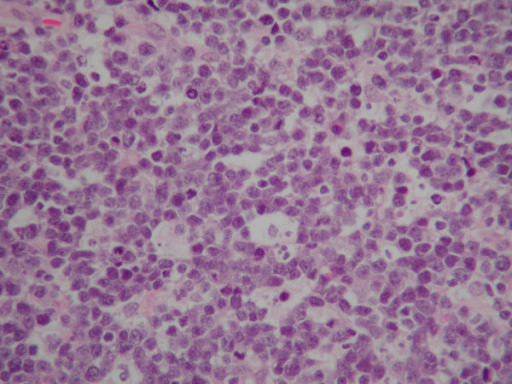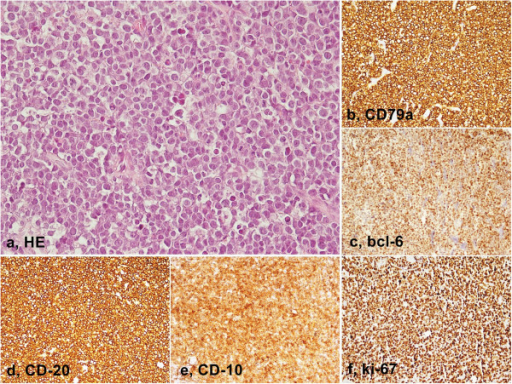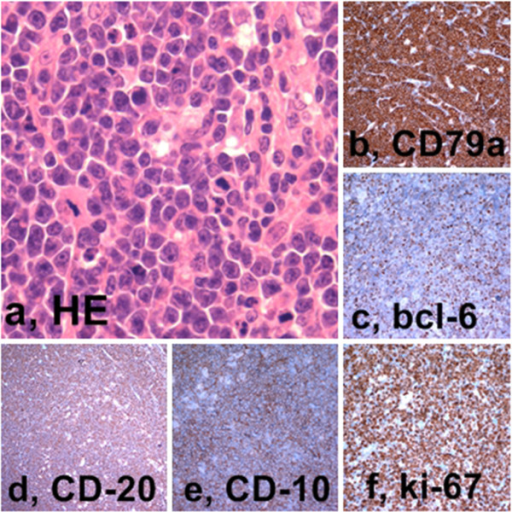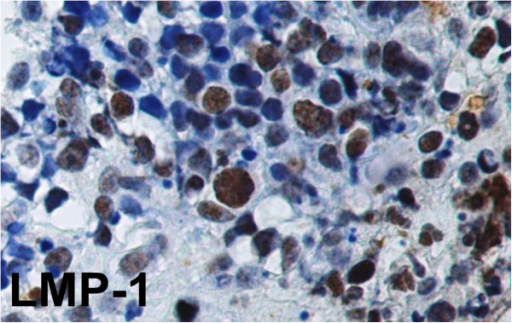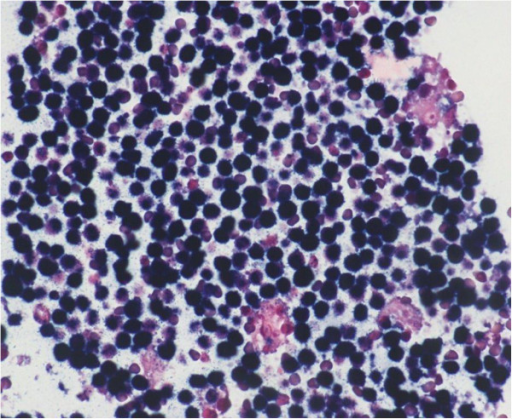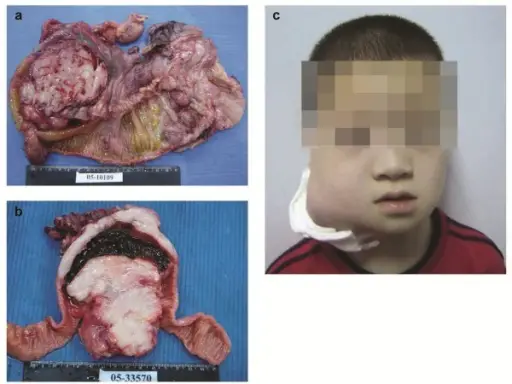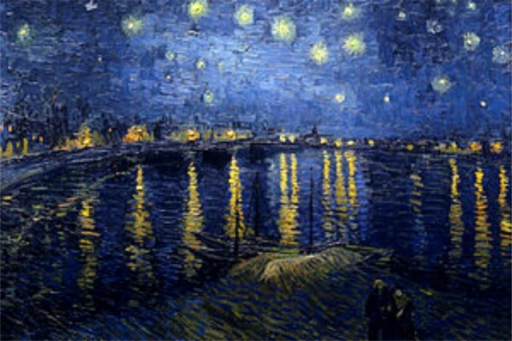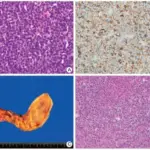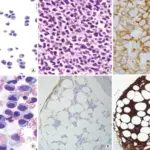Burkitt lymphoma is a highly aggressive non-hodgkin B cell lymphoma. They may occur in 3 categories: 1) African (endemic) Burkitt lymphoma, 2) sporadic (nonendemic) Burkitt lymphoma, and 3) a subset of aggressive lymphomas occurring in individuals infected with HIV.
What is the Pathology of Burkitt Lymphoma?
The pathology of Burkitt lymphoma is:
-Etiology: The cause of Burkitt lymphoma is primarily involving c-MYC rearrangement arising in germinal center derived B cells.
-Genes involved: MYC gene.
-Pathogenesis: The sequence of events that lead to Burkitt lymphoma are associated with translocations of the MYC gene on chromosome 8 that lead to increased MYC protein levels. It was also seen that these tumors have an increased activity of the transcription factor TCF3 which leads to rapid growth.
-Histology: The histology associated with Burkitt lymphoma shows tissues that are effaced by a diffuse infiltrate of intermediate-sized lymphoid cells 10 to 25 um in diameter with round or oval nuclei, coarse chromatin, several nucleoli and moderate amount of cytoplasm. The tumor exhibits a high mitotic index and contains numerous apoptotic cells, the nuclear remnants of which are phagocytosed by interspersed benign macrophages. These phagocytes have abundant clear cytoplasm creating a characteristic ‘starry sky’ pattern.
How does Burkitt Lymphoma Present?
Both endemic and sporadic Burkitt lymphomas are found mainly in children or young adults with a male predominance. Overall Burkitt lymphoma accounts for about 30% of childhood non-Hodgkin lymphomas in the United States. The symptoms, features, and clinical findings associated with Burkitt lymphoma include: Endemic Burkitt lymphoma often presents as a mass involving the mandible and shows an unusual predilection for involvement of abdominal viscera (kidney, ovaries and adrenal glands). Sporadic Burkitt lymphoma most often appears as a mass involving the ileocecum and peritoneum.
How is Burkitt Lymphoma Diagnosed?
Burkitt lymphoma is diagnosed mainly by karyotyping or FISH studies detecting C-MYC translocation. Elevated serum lactate dehydrogenase may raise its suspicion.
How is Burkitt Lymphoma Treated?
Burkitt lymphoma is treated with intensive chemotherapy (R-CODOX-M / R-IVAC, (rituximab, cyclophosphamide, vincristine, doxorubicin, methotrexate, ifosfamide, etoposide, cytarabine ; or R-hyper-CVAD/ R-MA (rituximab, cyclophosphamide, vincristine, doxorubicin, dexamethasone, methotrexate, cytarabine).
What is the Prognosis of Burkitt Lymphoma?
The prognosis of Burkitt lymphoma is fair with an event free survival in children of around 90% at 5 years and around 85% at 4 years in adults. Most children and young adults can be cured. The outcome is more guarded in older adults.


